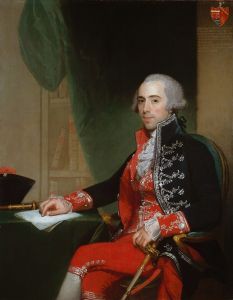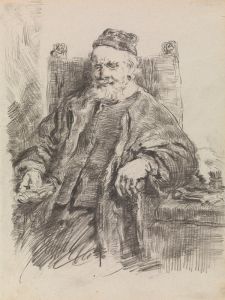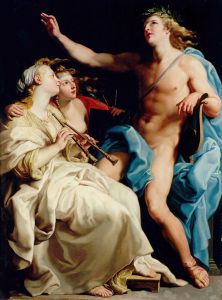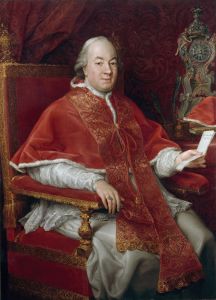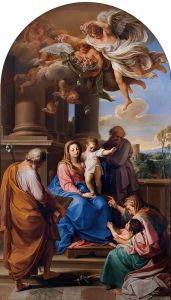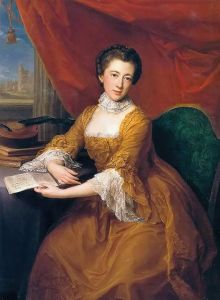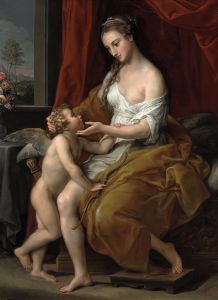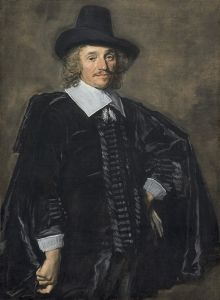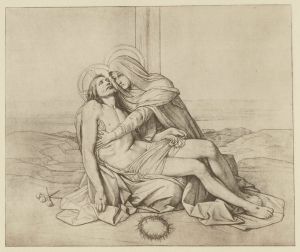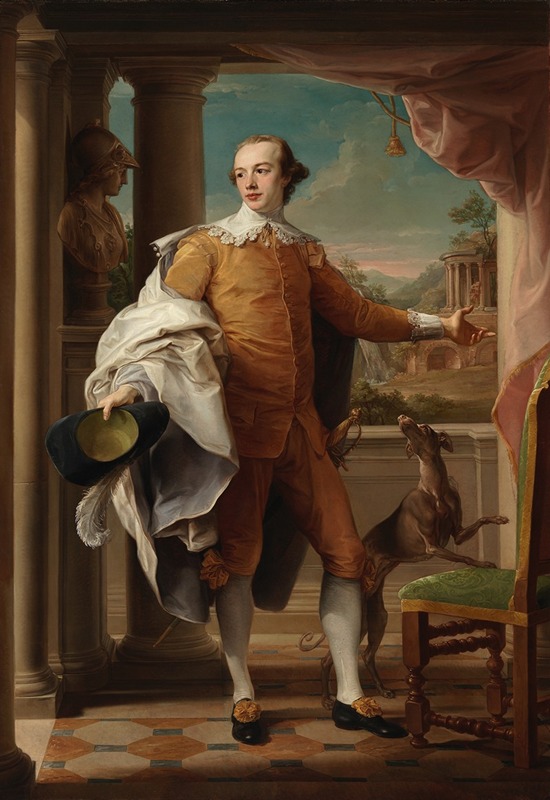
Portrait of Sir Wyndham Knatchbull-Wyndham
A hand-painted replica of Pompeo Batoni’s masterpiece Portrait of Sir Wyndham Knatchbull-Wyndham, meticulously crafted by professional artists to capture the true essence of the original. Each piece is created with museum-quality canvas and rare mineral pigments, carefully painted by experienced artists with delicate brushstrokes and rich, layered colors to perfectly recreate the texture of the original artwork. Unlike machine-printed reproductions, this hand-painted version brings the painting to life, infused with the artist’s emotions and skill in every stroke. Whether for personal collection or home decoration, it instantly elevates the artistic atmosphere of any space.
The Portrait of Sir Wyndham Knatchbull-Wyndham is an oil painting created by the renowned Italian artist Pompeo Batoni in 1758. Batoni, celebrated for his masterful portraits and historical paintings, was one of the most sought-after portraitists of the 18th century, particularly among European aristocrats undertaking the Grand Tour. This painting is a quintessential example of Batoni's ability to combine refined portraiture with elements of classical antiquity, reflecting the sitter's social status, education, and cultural sophistication.
The subject of the portrait, Sir Wyndham Knatchbull-Wyndham (1737–1763), was a British aristocrat and politician. He was the eldest son of Sir Wyndham Knatchbull-Wyndham, 6th Baronet, and his wife, Catherine Harris. As a young man of wealth and privilege, Knatchbull-Wyndham embarked on the Grand Tour, a traditional journey through Europe undertaken by young men of the upper classes to complete their education. During his travels, he commissioned this portrait from Batoni, who was based in Rome and had established himself as the preferred artist for Grand Tourists.
In the painting, Knatchbull-Wyndham is depicted in an elegant pose, dressed in luxurious clothing that reflects his status and taste. Batoni's attention to detail is evident in the rendering of the fabrics, textures, and the sitter's composed expression. The background includes classical architectural elements and possibly a glimpse of Roman antiquities, which were common motifs in Batoni's portraits. These elements not only emphasize the sitter's connection to the cultural ideals of the Grand Tour but also highlight Batoni's skill in integrating portraiture with symbolic references to classical art and learning.
The Portrait of Sir Wyndham Knatchbull-Wyndham is an excellent example of Batoni's ability to capture both the physical likeness and the social identity of his sitters. The painting reflects the broader cultural and artistic trends of the 18th century, particularly the fascination with classical antiquity and the emphasis on personal refinement and education among the European elite.
Today, the painting is housed in the National Gallery of Ireland, where it remains an important part of the collection. It is admired not only for its artistic quality but also for its historical significance as a representation of the Grand Tour tradition and the cultural aspirations of the British aristocracy during the 18th century.





